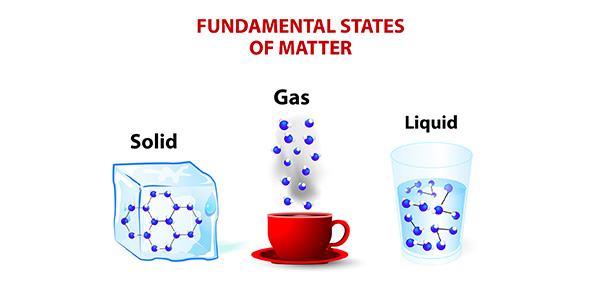Related Flashcards
Cards In This Set
| Front | Back |
|
Attention
refers to
|
characteristics associated with
Consciousness
Awareness
Cognitive effort
|
|
As they relate to the performance of skills, with particular
reference to the limitations associated with those characteristics on the
|
Simultaneous performance of multiple skills- what are our limits
Detection of relevant information in the performance
environment
|
|
When we simultaneously perform multiple tasks (e.g. driving
a car, listening to a CD, and talking with a passenger)
|
we sometimes experience no difficulties in performing all
the tasks, but
we sometimes cannot do all the tasks as we would like
|
|
Central Resource Capacity Theories
|
Propose one central (i.e., CNS) source of attention
resources for which all activities requiring attention competeMore demands than capacity, fixed capacity problems arise when demands are more than capacity
|
|
Kahneman’s Attention Theory:
|
Equates attention with “cognitive effort”
Proposed flexible attention capacity limits
|
|
Arousal
level
|
The factor that influences the amount of attention capacity
for a specific performance situation
Amount of attention resources available (i.e. capacity)
varies in relation to a person’s arousal level
Maximum amount
available only when arousal level is optimal for the situation
Relate to inverted-U function of arousal – performance
relationship
|
|
3 “rules” people use to allocate available attention
resources when performing multiple tasks
|
1. Ensure completion of at least one task2. Enduring dispositions3. Momentary intentions
|
|
Evaluation of attention requirements of multiple tasks to be
performed
|
Critical factor for determining whether sufficient attention
resources available – given capacity limits set by arousal level
|
|
Enduring
dispositions
|
Involuntary attention allocation, e.g.,
Novel for the
situation
Meaningfulness of the
event (e.g., “cocktail party phenomenon”)
|
|
Momentary intentions
|
Allocate
attention according to instructions
|
|
Multiple Resource Theories-
Alternative to theories proposing one central resource
|
Propose that we have several sources for attention
Each source has a limited capacity of resources
|
|
The multiple sources based on specific information
processing component
|
Sensory input (e.g. visual, proprioceptive)
Response output (e.g. verbal, motor)
Type of memory code (e.g. spatial, verbal)
Performance of simultaneous multiple tasks depends on
competition for attention resources within and between the multiple sources
|
|
Procedures for Assessing Attention Demands
|
Dual-task procedure determine the attention demands and
characteristics of the simultaneous performance of two different tasks
Primary task is the task of interest
Secondary task performance is the basis to make inferences
about the attention demands of the primary task
|
|
Focusing Attention
Attentional focus:
|
The marshalling of attention resources to direct them to
specific of our performance or performance environment
Width of focusDirection of focus
|
|
Width of focus
|
Focus can be broad or narrow
|





